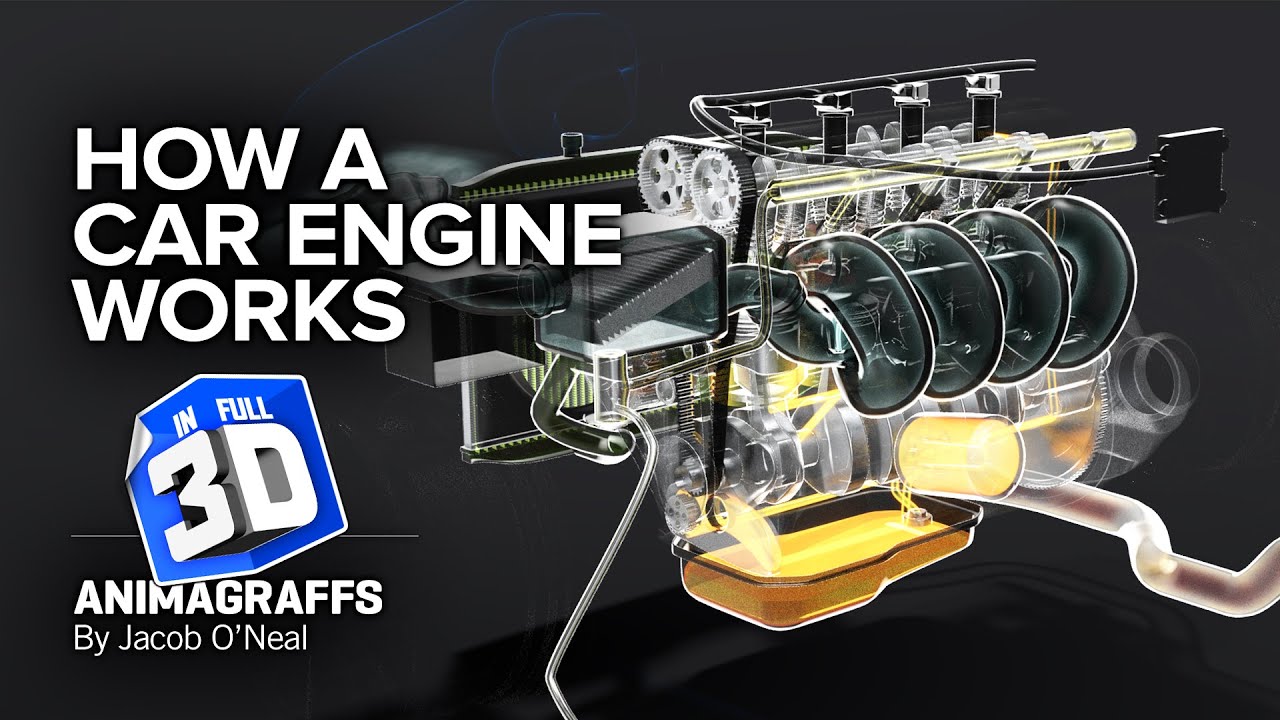How a Car Engine Runs
Internal Combustion Engine
A car engine is a machine that converts the chemical energy in gasoline into mechanical energy that can be used to power the car’s wheels. The most common type of car engine is the internal combustion engine, which burns gasoline inside its cylinders to create power.
The Four-Stroke Cycle
The internal combustion engine operates on a four-stroke cycle. The four strokes are:
- Intake stroke: The piston moves down the cylinder, drawing air and fuel into the cylinder through the intake valve.
- Compression stroke: The piston moves up the cylinder, compressing the air and fuel mixture.
- Power stroke: The spark plug ignites the air and fuel mixture, creating a controlled explosion that drives the piston down the cylinder.
- Exhaust stroke: The piston moves up the cylinder, pushing the exhaust gases out of the cylinder through the exhaust valve.
The Engine’s Components
The internal combustion engine is made up of several key components, including:
- Cylinders: The cylinders are the chambers in which the pistons move up and down.
- Pistons: The pistons are the moving parts that compress the air and fuel mixture and drive the crankshaft.
- Crankshaft: The crankshaft is the rotating shaft that converts the reciprocating motion of the pistons into rotary motion.
- Camshaft: The camshaft is the shaft that controls the opening and closing of the intake and exhaust valves.
- Valves: The valves are the components that control the flow of air and fuel into and out of the cylinders.
- Spark plugs: The spark plugs are the components that ignite the air and fuel mixture in the cylinders.
How the Engine Works
The engine’s operation is controlled by the engine’s computer, which monitors the engine’s speed, load, and other parameters and adjusts the engine’s timing and fuel injection accordingly. The engine’s computer also controls the engine’s emissions control systems, which reduce the amount of pollutants that the engine emits.
When you start your car, the engine’s computer sends a signal to the starter motor, which turns the engine over. The engine’s computer then begins to inject fuel into the cylinders and to ignite the air and fuel mixture. The resulting explosions drive the pistons down the cylinders, which in turn rotates the crankshaft. The crankshaft then transmits power to the car’s wheels through the transmission.
Conclusion
The car engine is a complex machine that converts the chemical energy in gasoline into mechanical energy that can be used to power the car’s wheels. The engine’s operation is controlled by the engine’s computer, which monitors the engine’s speed, load, and other parameters and adjusts the engine’s timing and fuel injection accordingly.





